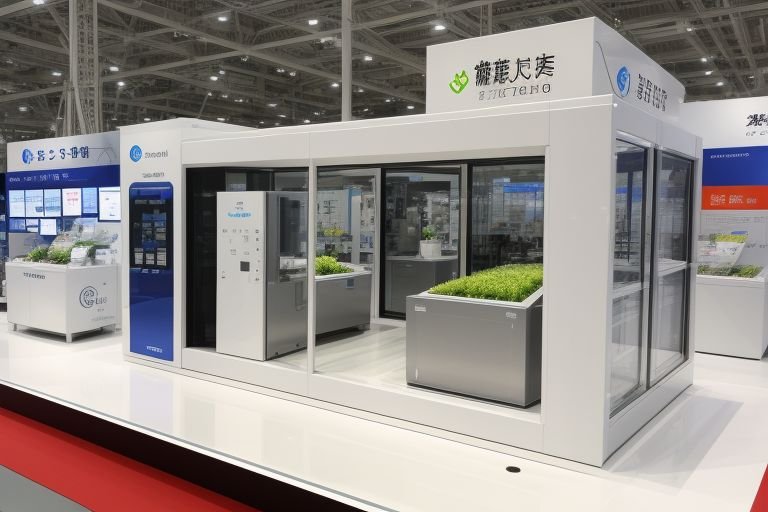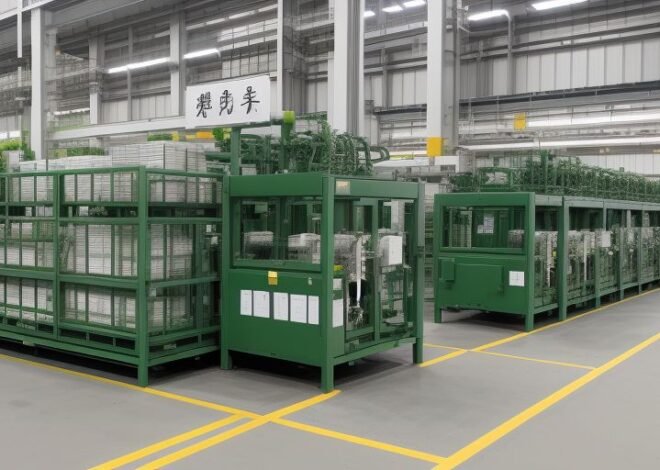
Cutting-Edge Technologies Unveiled At Tokyo Packaging Expo
Today, we are making a start to the Tokyo Packaging Innovation Expo, which is being held at the Tokyo Big Sight Exhibition Center with special emphasis on new developments in packaging technology and packaging design. This year, the three-day event had over 200 participants from domestic companies and international markets. This part also shows how the plastic industry has recently undergone a tremendous transformation because of the shift in consumer awareness and consciousness of our environment.
The expo’s most-discussed innovation is the recently introduced intelligent packaging system from the Tokyo-based packaging technology company PackTech. This is where IoT sensors and a blockchain system identify a product and follow it through the manufacturing process all the way to the end of its life. This revolution enables the customer to collect vast information on the source of the product, how it was conveyed, and a doze on its effect on the world around them just by scanning a code on the packaging. Gurus think that this technology could greatly transform supply chain openness and help to enhance eco-friendly consumerism.
Another interesting event during the occasion is the presentation of edible packaging materials by a number of Japanese food firms. While the first source presents seaweed extract-based solutions, the second shows how fruit films could decrease the use of plastics in food processing. The visitors to the expo were offered a chance each to taste products that were packed in such packages, for they turned out to be edible to the bacon of many visitors who had no idea that the packaging they were holding was indeed edible. Sacharowearing is a young technology that has been considered viable for specific types of food products that need to be protected, including snack foods and confectionery products.
It also highlighted more developments in lighter packaging materials perfect for use within the theme of e-commerce. As has been noted by Jerath and Singh, due to current trends towards online shopping, packaging manufacturers are beginning to seek for ways to cut down on delivery charges while observing ecological effects. Each firm had new designs for the corrugated cardboard to be more efficient to ship and used less material that was denser and lighter than before. These innovations are specifically essential in Tokyo because the e-commerce market growth rate is 25 percent year on year.
Technology was well on display at this year’s expo, particularly in the packaging line; several vendors displayed state-of-the-art packaging equipment. Automotive robotics company AutoPack revealed a new line of packaging equipment using artificial intelligence to adjust to shape and size of packages being packed on the spot. This concept is loosely defined and geared towards the ever increasing need for special and short production runs since more and more manufacturers can adapt faster to the changes.
It also highlighted some of the issues affecting the packaging sector in meeting Japan’s ramped-up recycling requirements. A number of firms showcased innovative mono-material packaging concepts aimed at increasing the ease of recycling. These packages are advantageous because, unlike their counterparts that require the separation of different materials, they can be processed using the existing recycling centers. The role of manufacturers, recycling companies, and local government was discussed by key industry members as to how better ways of working together should be created in order to improve the recycling system in Tokyo.
Sustainability continued to be a focus issue throughout the expo, with many of the items produced by the clients and intended for display as cases of how the carbon footprint was being minimized by the exponents and how the circular economy principles were being embraced. There was a glimpse of this at a presentation of a startup, EcoPack, that operates out of Tokyo, and they have applied the circular economy to the grub delivery niche by using reusable packaging. The easily returnable system involves clients dropping the used containers at specific centers that are cleaned, disinfected, and reused. It should be used to tackle single-use plastic waste – an issue that has been becoming more prominent due to the surge in food delivery in Tokyo.
This clearly demonstrated the level of enticement expected by attendees towards the future of the packaging innovation Industry as the first day of the Tokyo Packaging Innovation Expo came to an end. The event not only showcased the technological progress that is the key to the industry’s further development but also showed that Tokyo’s packaging manufacturers are ready to face environmental issues head-on. All in all, it has been found that the packaging industry in Tokyo will continue to reap benefits and meet the consumers’ needs effectively as long as there are new advancements and the stakeholders are willing to cooperate in order to establish and embrace eco-friendly packaging for consumers.


